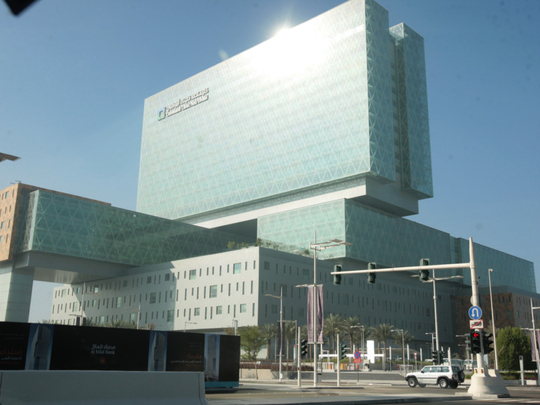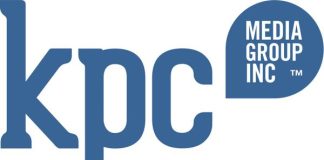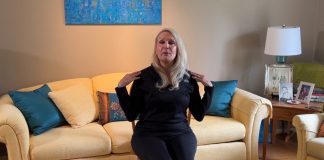Cleveland Clinic Abu Dhabi on Al Marya Island. Treatment with peripheral nerve stimulation, which is now used in the hospital, is a minimally invasive option for pain relief, the hospital said.
Image source: Gulf News Archives
Abu Dhabi: A new type of nerve stimulation treatment at Cleveland Clinic Abu Dhabi (CCAD) will now enable patients with chronic nerve and muscle pain to achieve long-term relief without surgery and on medication.
Peripheral nerve stimulation (PNS) treatment is also a minimally invasive option for pain relief, the hospital said in a statement.
Treatable Conditions
Peripheral nerves are located outside the brain and spinal cord and extend to the organs and extremities. They control the functions of sensation, movement, and motor coordination and are easily damaged. By using a small implant to deliver electrical impulses to the nerve, PNS can significantly reduce pain in a number of conditions, including complex regional pain syndrome, foot pain, headache disorders, lower back and neck pain, hernia pain, and knee surgery and pain after amputation or phantom pain.
“PNS is the newest, advanced option for pain management at CCAD. The minimally invasive nature of the implant and the constantly evolving PNS technology make it a desirable way to manage pain in the right patient. It enables them to gradually reduce their dependence on medication while providing them with superior, long-term pain relief, ”said Dr. Amar Salti, a medical officer for anesthesia and pain medicine in the hospital.
How it works
The PNS device consists of electrodes that are placed under the skin near the source of pain. The patient first enters a test phase in which several nerve points are stimulated with low-frequency electrical impulses from a temporary implant until the nerve that sends the pain signals is located. When the procedure shows results, the pain management professional programs the stimulator to provide the patient with the best possible pain relief. The patient receives a remote control device and instructions on how to control it himself.
Medical report
PNS is recommended for patients with chronic pain after a thorough medical history and identification of the source of pain.
“Before recommending this treatment, there are several factors that need to be considered, including whether the pain is persistent. Patients who have not experienced adequate relief after 12 weeks of pain, even with medication and other treatments, such as spinal cord stimulation and physical therapy, may benefit from PNS. Patients see results immediately and can expect a pain reduction of about 50 percent or more in six to eight weeks, ”said Dr. Saiti.
Treated patients
The first two patients to have the device implanted in the CCAD in July because of ankle and lower leg pain reported a significant improvement in their condition.
“We never tell the patient that this treatment will completely relieve them of the pain, but it does allow them to cope with it better. Imagine being unable to walk, drive, work, play sports or play with your children because they are in excruciating pain every day. We are now able to help these patients improve their quality of life through a simple, low-risk process, ”said Dr. Saiti.
The hospital also offers a range of multidisciplinary pain treatments that include non-addictive drugs, physical therapy, psychology, and interventional pain procedures. Last year, the hospital began offering the novel stimulation treatment of the dorsal root ganglion to patients with focal neuropathic pain associated with a complex regional pain syndrome.

We understand how important it is to choose a chiropractor that is right for you. It is our belief that educating our patients is a very important part of the success we see in our offices.





